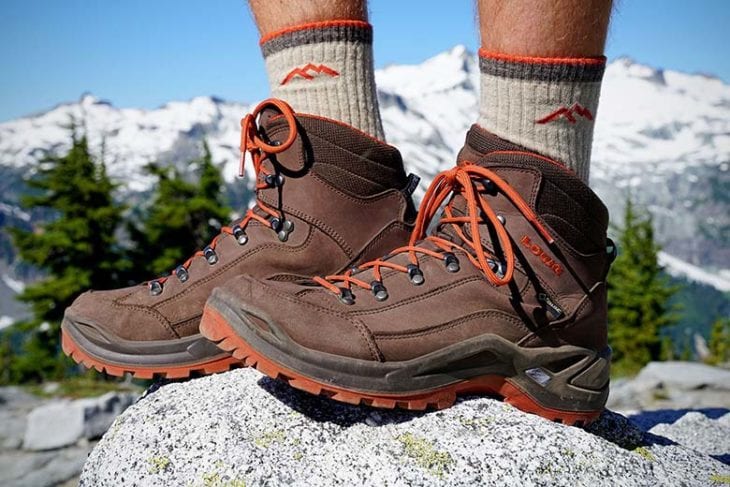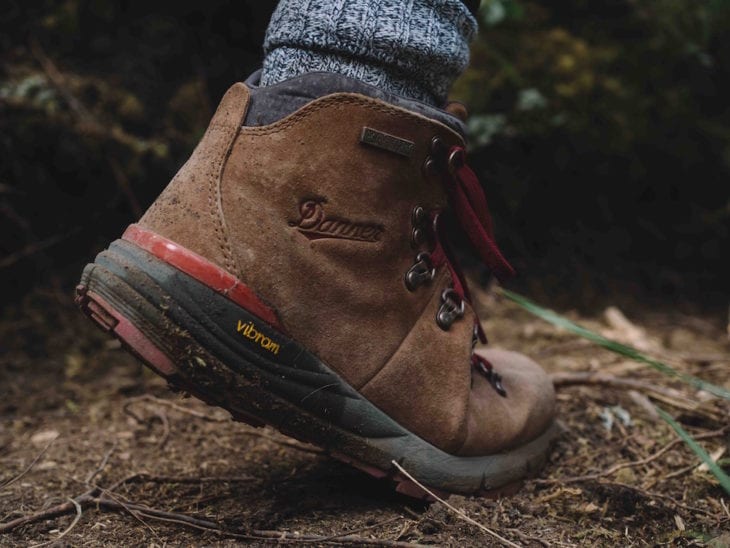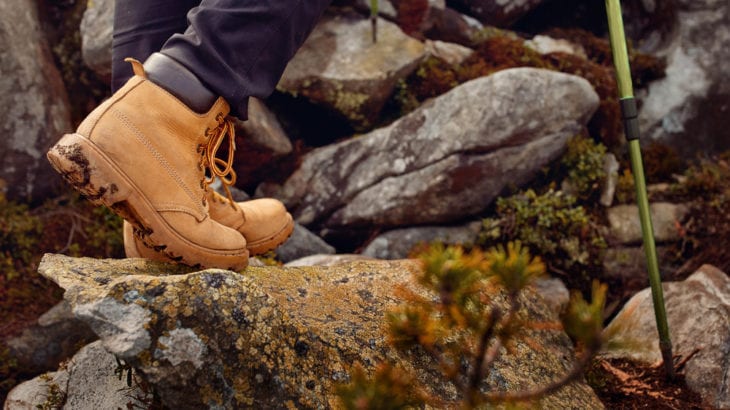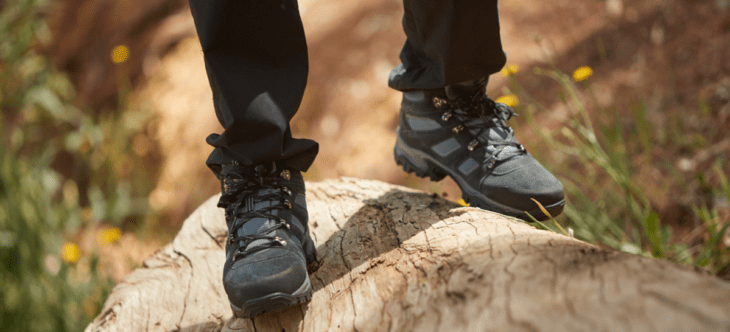You love hiking. You can’t wait to go on your next hiking tour and spend some quality time in the nature. However, in order to fully enjoy such experience, you need comfortable hiking boots, and choosing these isn’t always easy. There are many factors to take into consideration, from size to style, and even if you find something that seems convenient in a store, it doesn’t mean that it will be as comfortable on the hiking trail. To help you pick the best hiking boots for full pleasure, we suggest you keep the following tips in mind.

Source: Switchback Travel
Contents
1. Know the difference between the styles
If you want to choose the right pair of hiking boots, the first thing to do is to decode the styles. As you probably already know, hiking boots are made of specific types of trekking, which is important to consider. Depending on what type of hiker you are – casual or regular – you can determine what type of boots are best for you. For instance, you can choose between light hiking shoes, mountaineering boots, and backpacking boots.
2. Think about the material
Another important thing to take into account is material the boots are made of. If you don’t choose the right material, you risk feeling quite uncomfortable during your hike, as no one enjoys cramped feet, right? So, think carefully whether you’ll go for synthetics, split-grain leather, or full-grain leather. Synthetic boots are good because they feel light, but they’re not that water-resistant, for instance. If you’re a rigorous hiker, you should choose full-grain leather.

Source: The Adventure Lab
3. Consider the cut
According to Live Your Aloha to avoid rocks in your shoes or, even worse, a twisted ankle, you need to pay particular attention to the cut. And to choose the right cut, think about your destination – are you going on one of the tours or you’re more or less adventurous than that? For instance, if you need something for lightweight hiking, low-cut is the right way to go. But, choose the low-cut boots only if you’re going to a well-maintained trail. Mid-cut boots are a better choice if you need more ankle support and balance, while high-cut ones are best for potentially dangerous terrain or if you’re an adventurer who likes going off the trail.
4. Try the boots on for size
Of course, none of the previously mentioned will be of any help if you don’t pick the right size. So, before you buy hiking boots, check whether there’s enough wiggle room in the toe box, which is of crucial importance because your feet will need more space if swollen. The heel needs to stay in place, as floating heels can cause injuries, and the boot should fit snug around the ball of your foot. Another thing to remember is to try the boots on only if you’re wearing your trail socks, otherwise, you’ll end up with the wrong size.

Source: Expert Reviews
5. Give your boots a test run
Last but not least, make sure you test the boots you’ve chosen before you take them to the hiking trail. You can wear them around your house or anywhere else while running some errands. It doesn’t matter where, it’s important to give them a test run to make sure they are comfortable enough. If it turns out they’re not, you can go to the store where you bought them to return them or swap for another pair.
Some other factors you should take into consideration to protect your feet is whether you need waterproof or non-waterproof footwear, whether you need some different insoles for more support, and don’t forget about that the material of your socks is also important (for instance, cotton socks retain moisture and cause blisters, so it might be better to wear merino wool or synthetic socks, instead).
So, next time you go looking for hiking boots, keep these tips in mind and we’re sure they’ll help you stay clear from wrong choices that can cost you a lot. Don’t forget that a wrong pair of boots can cause some rather severe injuries during hiking. If you’re new to it, you need to be particularly careful to protect yourself from anything unpleasant happening on the trail.

Source: Mountain Warehouse
